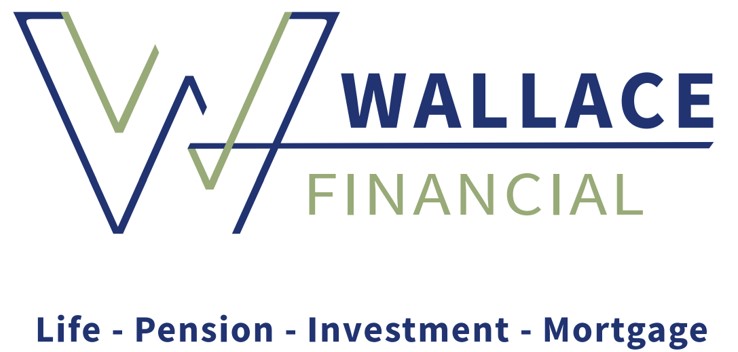The WALLACE Financial Guide to understanding Additional Voluntary Contributions (AVCs)
Additional Voluntary Contributions (AVCs)
Pensions can be complex products, so it is important to get the right financial advice. At Orca Financial we will take you through all your pension options and explain AVCs in detail, so you’ll have plan in place that suits your needs perfectly, and offers maximum tax efficiencies.
What are AVCs?
Additional Voluntary Contributions (AVCs) are extra payments that you choose to make to your private pension, in order to boost the funds available to you at time of retirement. The money you have built up in your AVC fund can then be used to top-up your employer pension.
Why you should consider AVCs
The purpose of your employer pension is to provide you with the maximum financial benefits at retirement. However, for many of us in Ireland, these pensions fall short of the limits set by Revenue, and may not afford us the level of comfort we hoped for in retirement. How a shortfall can arise:
How AVCs work
You decide the level of AVCs you want to pay (note that Revenue limits apply).Your AVCs are invested in funds, typically a mix of shares, bonds, property and cash. The value of your AVCs can rise and fall in line with the values of investment funds your money is invested in. You are not guaranteed any specific level of AVC fund or retirement benefits by retirement age. Upon reaching retirement age, your AVC fund is used to top-up your retirement benefits.
For example
John works in the private sector. He finds out that he is entitled to take €45,000 as a maximum tax-free lump sum at retirement from his employer’s plan. He has also built up an AVC fund worth €75,000. John decides to take the full €45,000 as a tax-free lump sum. With the balance of €30,000 he can choose to:
